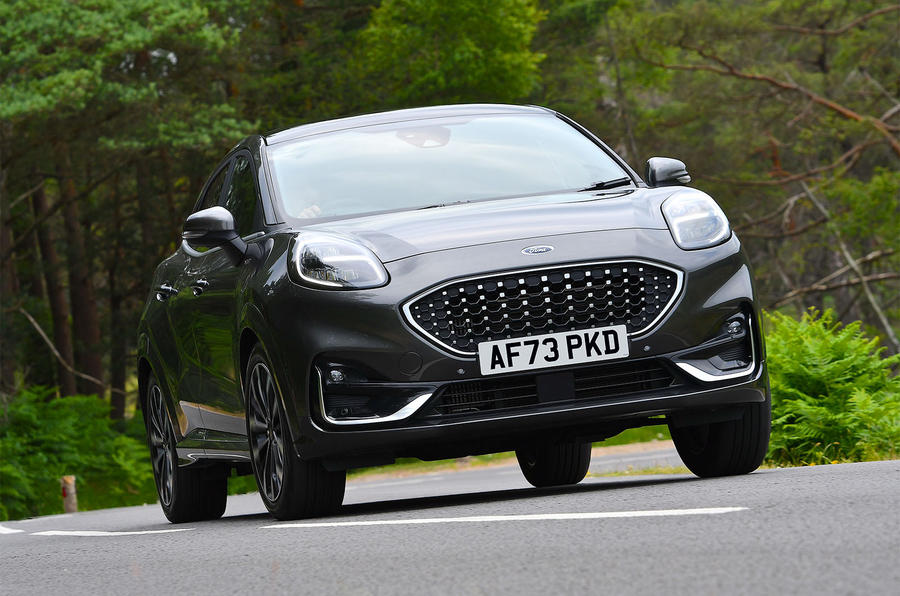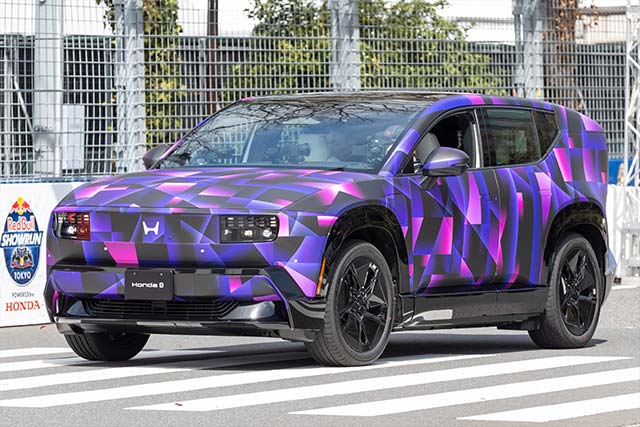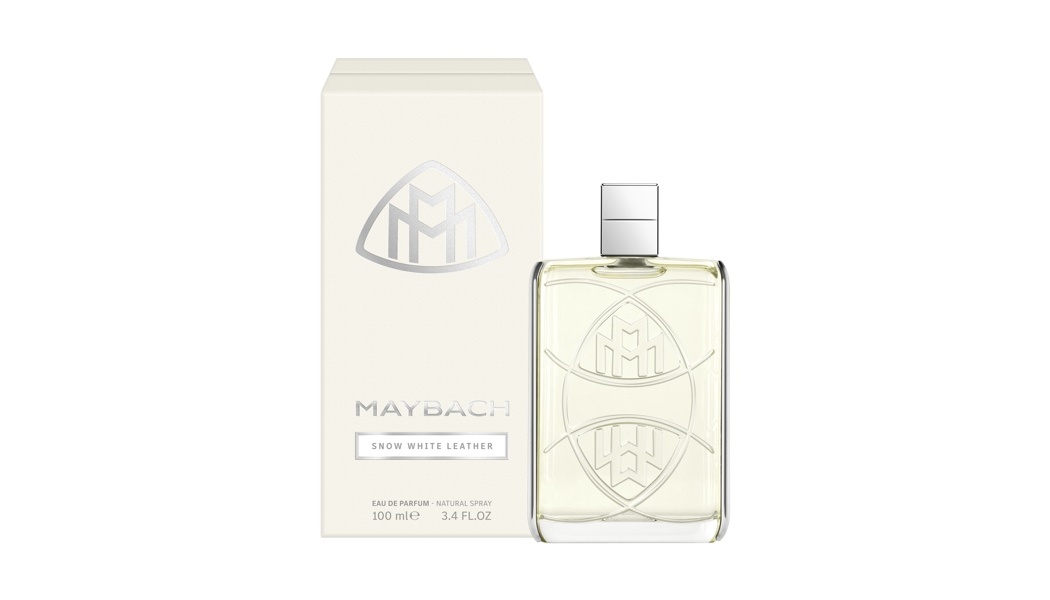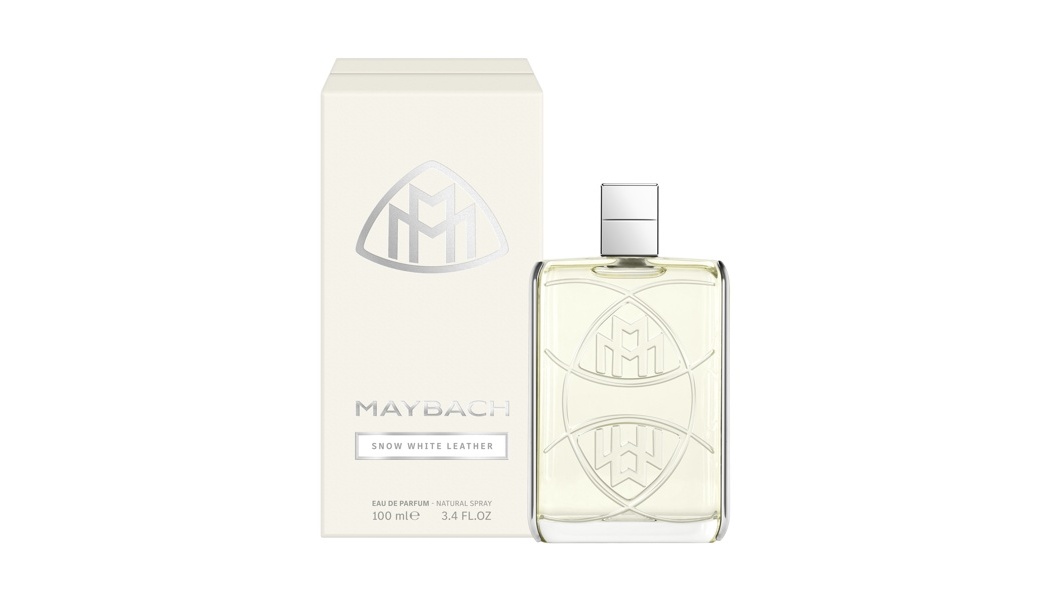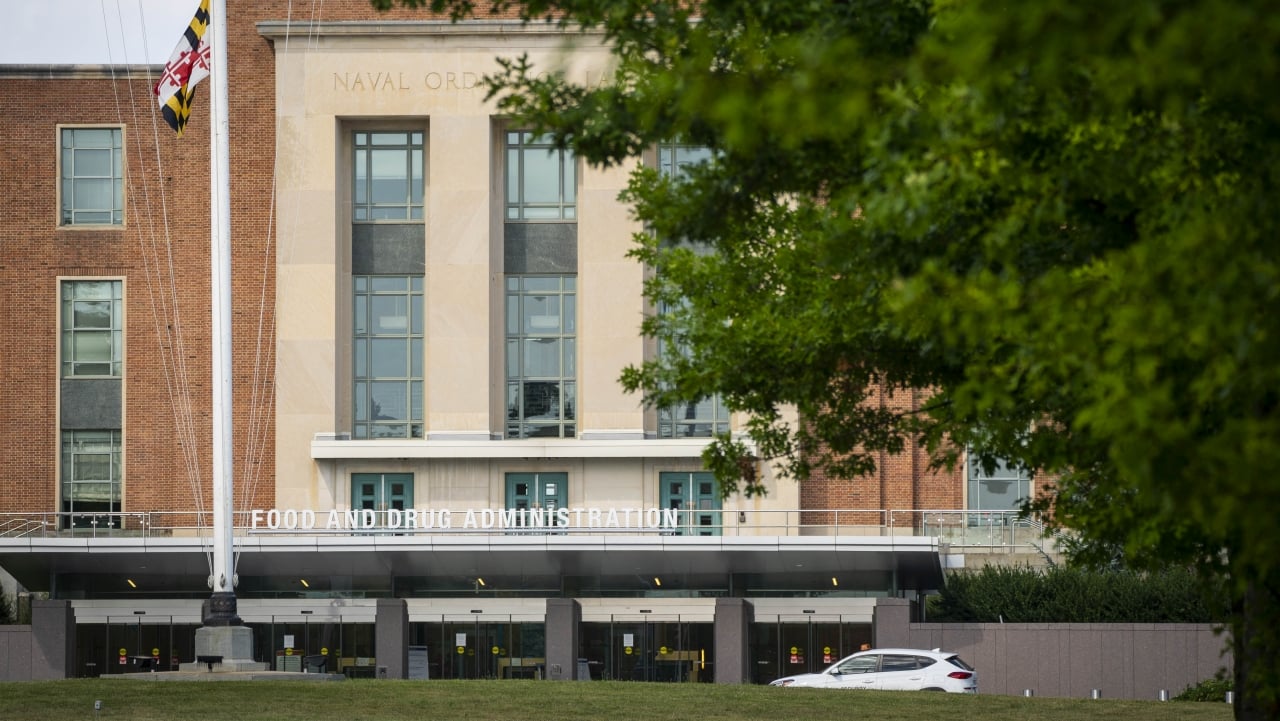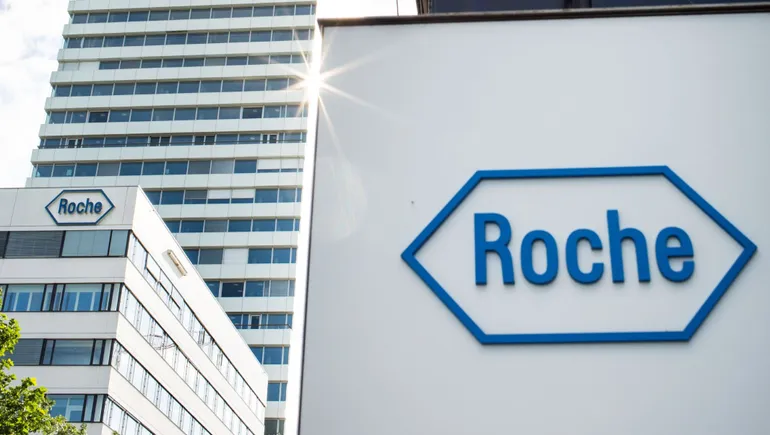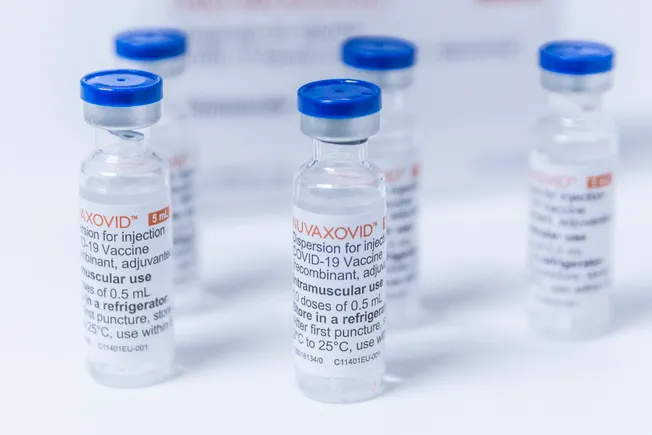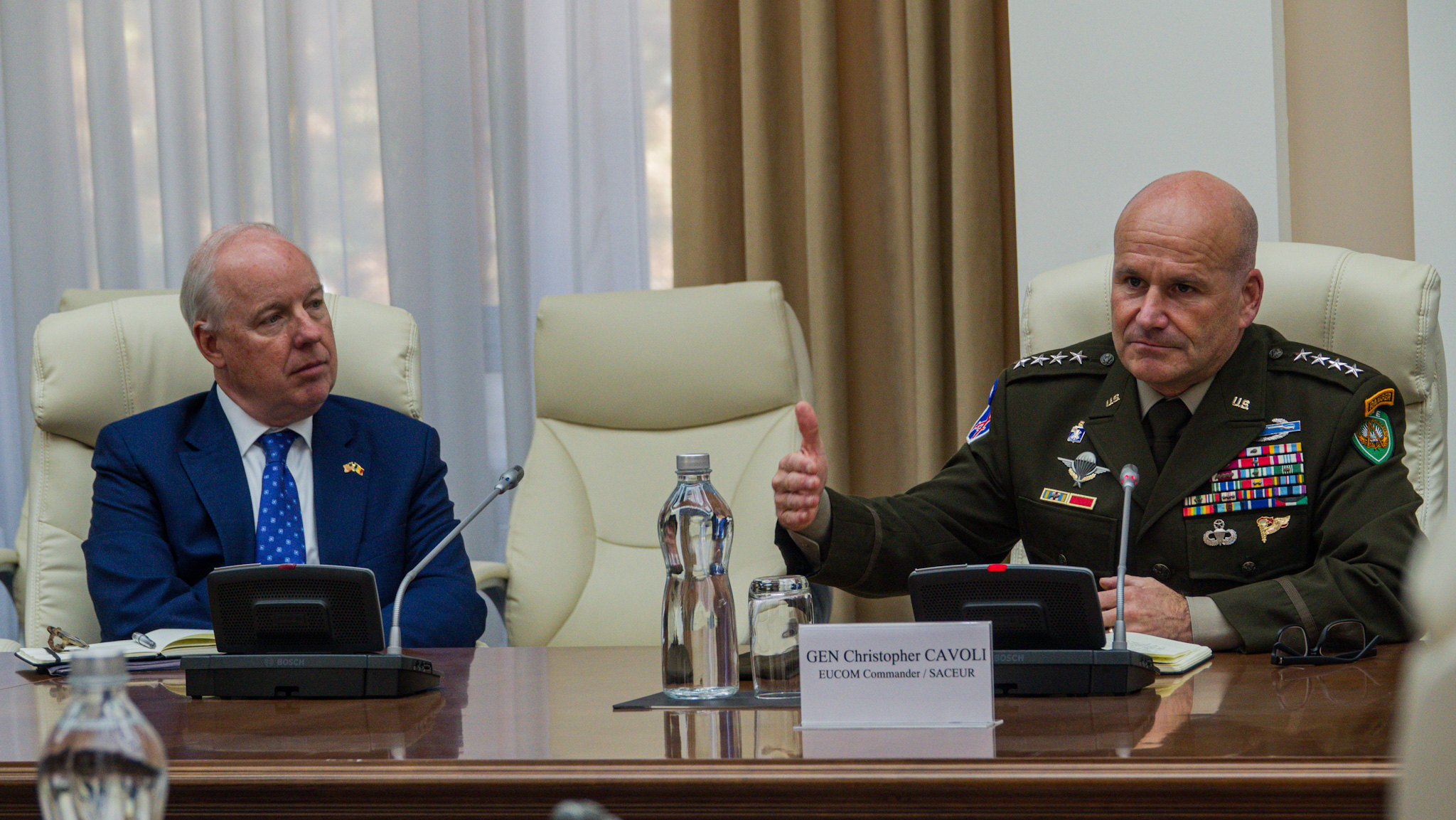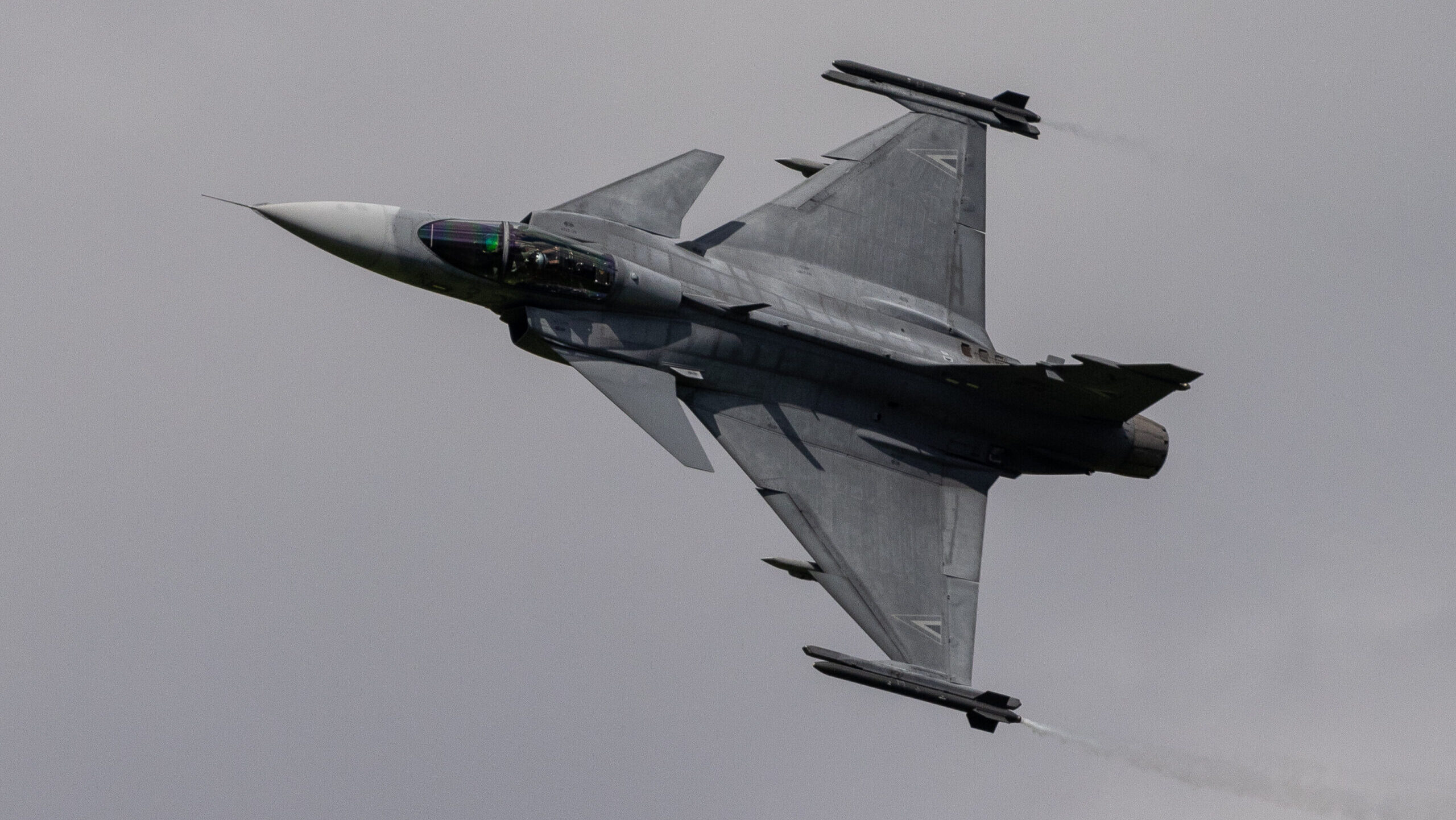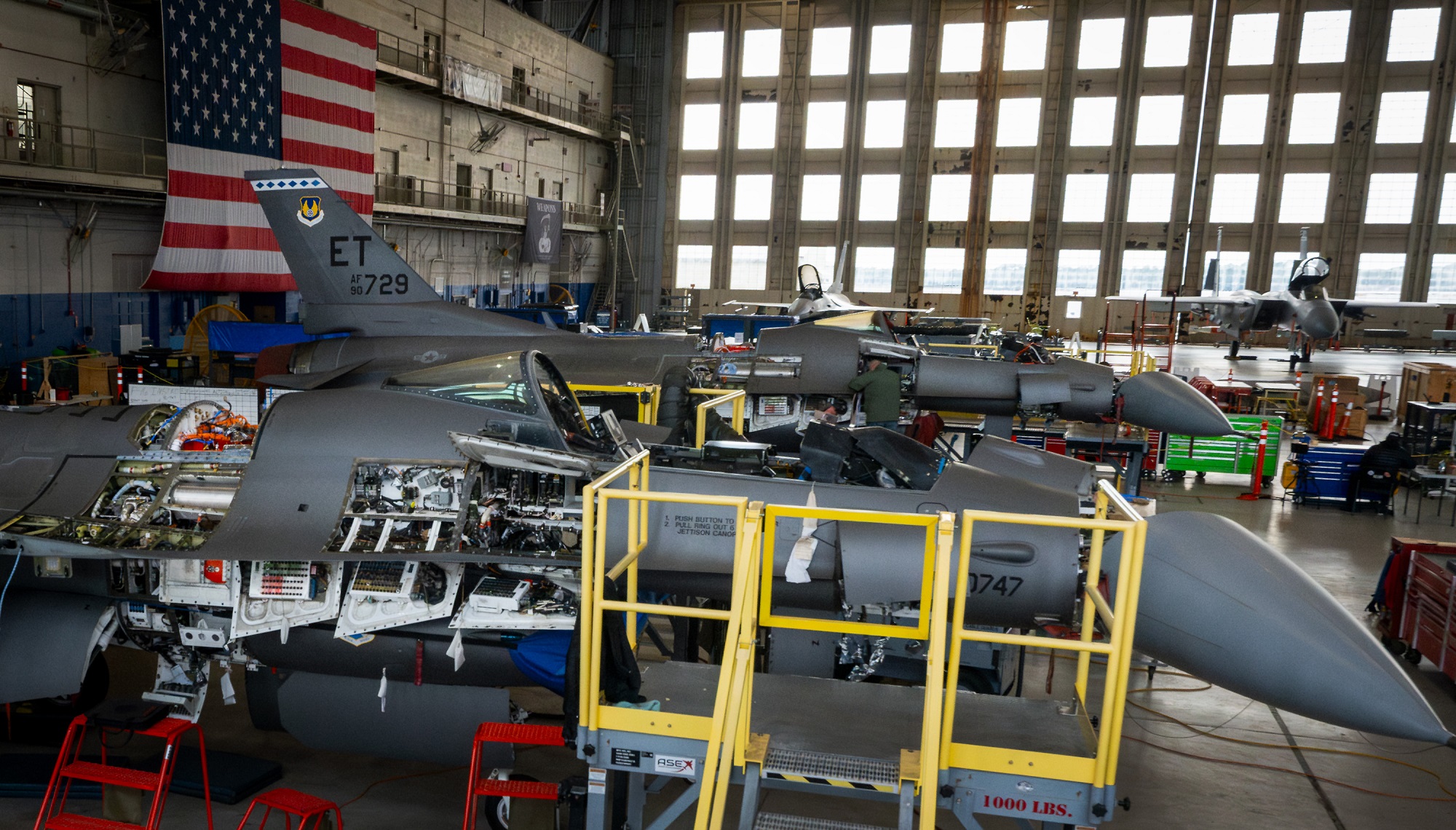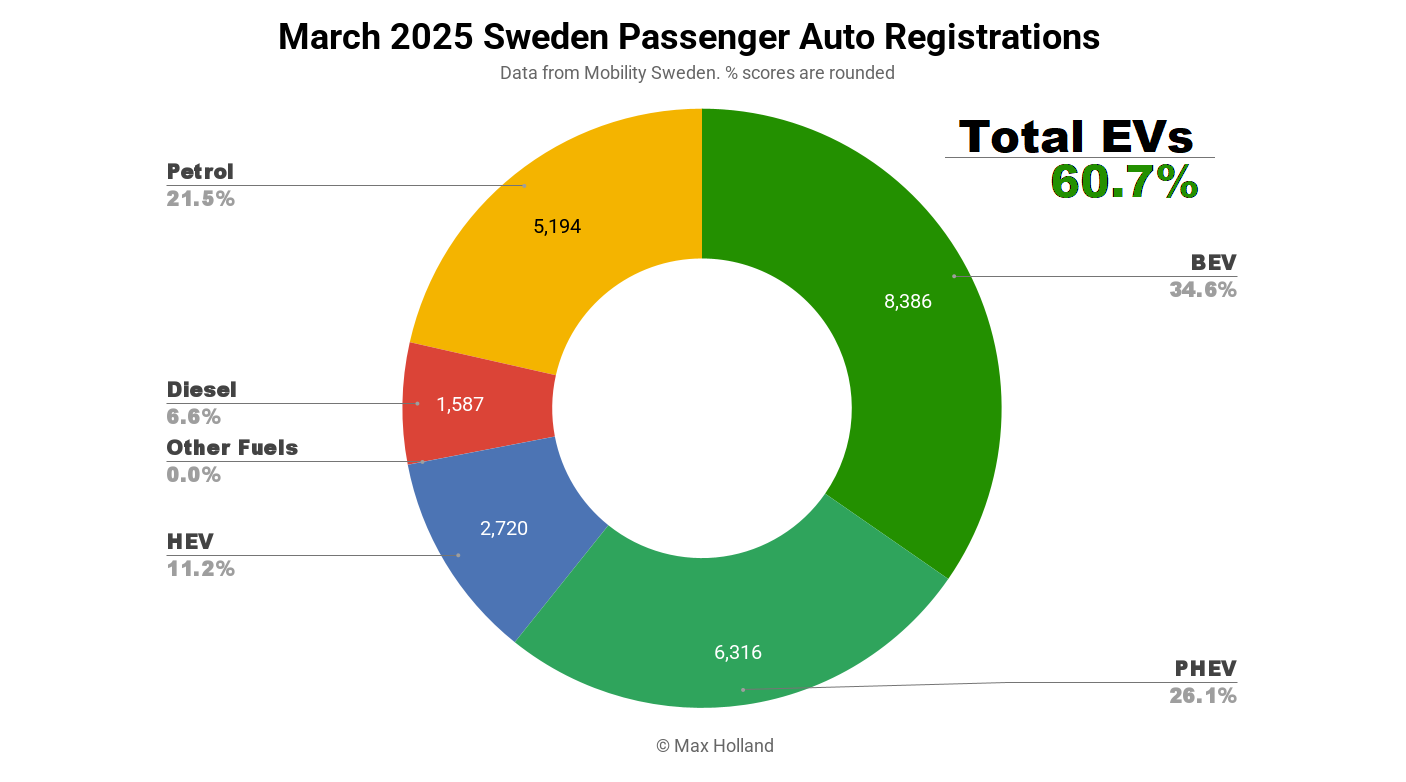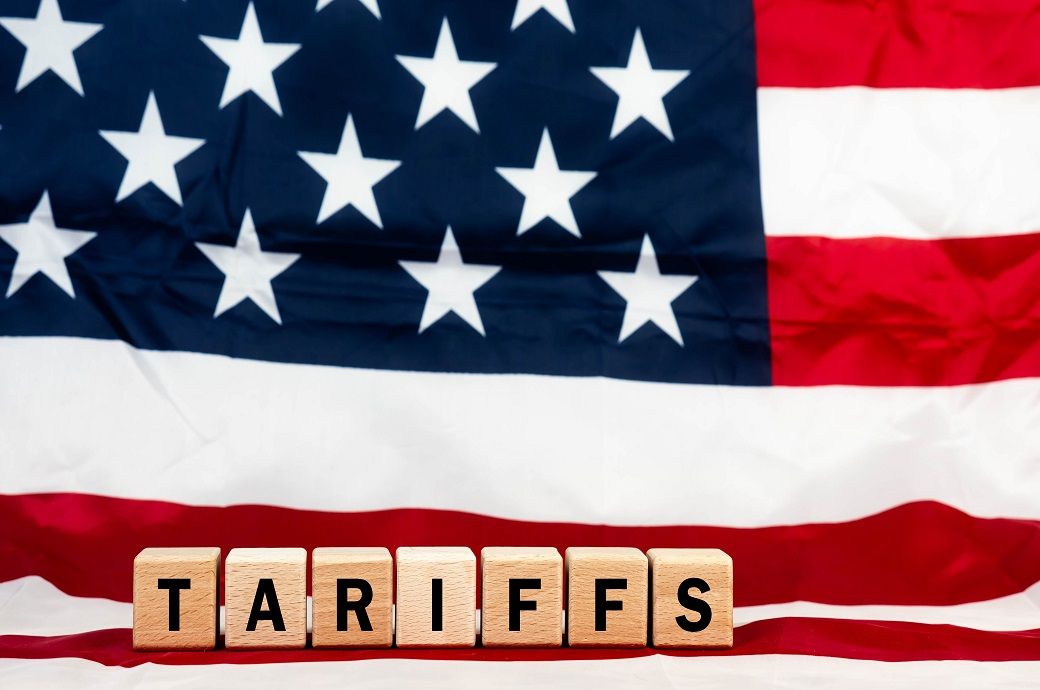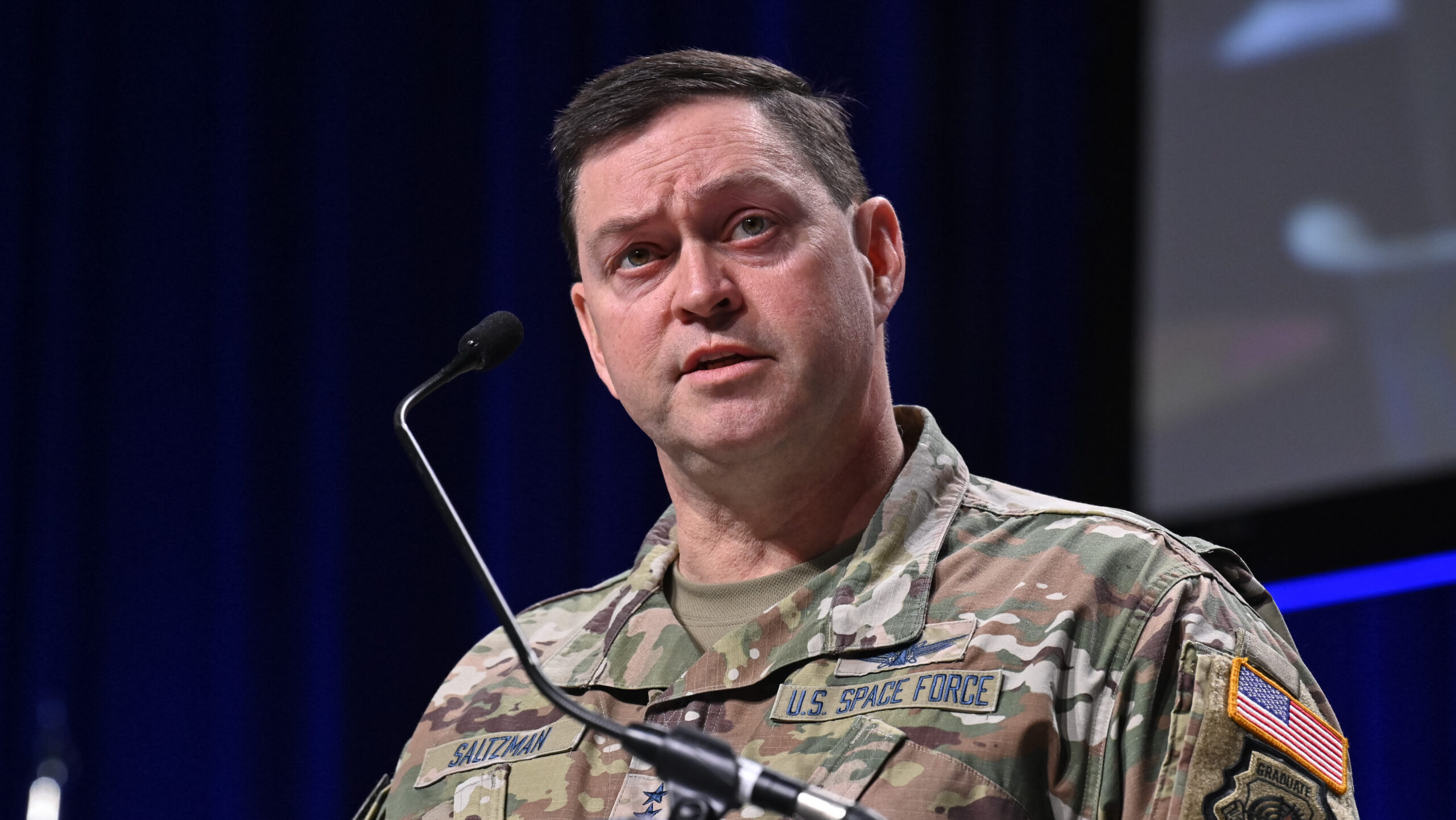DARPA adds 18 companies to spooky science Quantum Benchmarking Initiative
“The number of companies that we’re announcing is a surprise to me,” program manager Joe Altepeter told Breaking Defense. “I did not expect we would get this many.”


Abstract image of circuit board and CPU generated ai brain. (Getty)
WASHINGTON — DARPA is dramatically expanding its Quantum Benchmarking Initiative to help the private sector build a workable quantum computer by 2033, the Pentagon’s top R&D agency announced this morning.
Almost 20 new companies will join prior award recipients Microsoft and PsiQuantum, which were selected under a pilot phase of the program that began in 2023. Today’s announcement named 15 new entrants, ranging from giants like IBM and Hewlett-Packard to small startups such as Alice & Bob, a US-French joint venture. (The name is a computer science inside joke). They include seven foreign-based firms: two Australian, three Canadian, and two British. Another three awardees remain unnamed while contract negotiations are finalized, bringing the expected total to 18.
That so many proposals made it through QBI’s rigorous assessment process is a vote of confidence from DARPA in the rapidly growing quantum computing industry. QBI is run by a self-proclaimed “quantum skeptic,” physicist Joe Altepeter, who told Breaking Defense just six weeks ago that he was still “definitely trying to eliminate companies” from the competition. Altepeter designed the program, not as easy money for long-shot ventures, but as a daunting gauntlet to sort the most serious quantum proposals from the hype.
“No two ways about it,” Altepeter told Breaking Defense today. “The number of companies that we’re announcing is a surprise to me. I did not expect we would get this many.”
For the winning teams, the value of QBI is not just the money. Indeed, first-round grants like those being announced today have typically been under $1 million — small change not just for the Pentagon but for tech firms and venture capitalists already investing billions into quantum ventures. . “We suggested everybody apply for a million, [but] some people came in and said they were going to do it for less,” Altepeter said.
The unique value of a QBI award is that it gives the winning companies access to a DARPA-led team of quantum experts, pulled from both US government labs, including the famous Los Alamos, and federally funded research institutions. Their job is to act as independent testers, fresh eyes, and devil’s advocates, rigorously scrutinizing each participant’s quantum strategy.
RELATED: DIU to start field testing quantum sensors in tough conditions
The 15 award recipients announced today are all getting what QBI calls “Stage A” contracts for a six-month “sprint,” in which they must flesh out their plan to achieve a workable quantum computer that can perform calculations no current machine can handle. While Altepeter is glad to be flexible, he expects most of the 18 companies to be turning in those plans this fall.
If a company’s Stage A plan meets the approval of DARPA’s assessment team — which is far from guaranteed — it can move on to a more in-depth Stage B, lasting 12 months, and ultimately to Phase C, which goes on indefinitely as the DARPA team tests each company’s quantum hardware.
Microsoft and PsiQuantum, which were awarded their Phase C contracts in February, are pursuing two very different technical approaches. Tech giant Microsoft is using what are called topological qubits, whose construction exploits a long-theorized but never-before-seen state of matter called Majorana particles. PsiQuantum, a startup, is employing photonic qubits, using particles of light (photons), which is particularly promising for long-range quantum networks.
The awardees announced today bring even more approaches to the table, DARPA’s announcement says, “including superconducting qubits, trapped ion qubits, neutral atom qubits… and semiconductor spin qubits.”
That diversity wasn’t an explicit goal of the program, Altepeter emphasized, but a natural result of the variety of viable approaches being pursued. “It’s going to be a lot of fun to look at so many different kinds of approaches, but every one of them got here on on their own merit,” he said. “We did not say we want to make sure we have at least one company of each approach.”
This multi-pronged attack on the problem speaks to a basic truth about quantum computing: While there’s clearly tremendous potential to using quantum-mechanical qubits instead of binary 1-or-0 digits to run computations — from new kinds of drug-development simulations to breaking most internet security — there’s absolutely no consensus on the best way to actually build those qubits and get them to operate reliably, without errors scrambling the output into garbage. DARPA’s QBI program is meant to find the methods that work and thoroughly disprove the ones that don’t.
Staying open-minded may well mean reopening the competition in the future, whether to companies not previously on DARPA’s radar, or to firms that tried and failed to win a place in QBI their first time round.
“I would be surprised if we caught absolutely everything the first time,” Altepeter said. “And there may be some companies where we said, ‘we just don’t think this works, and then they go and prove us wrong in the next 12 months.”
“I’d be thrilled to be proven wrong,” he said.



















